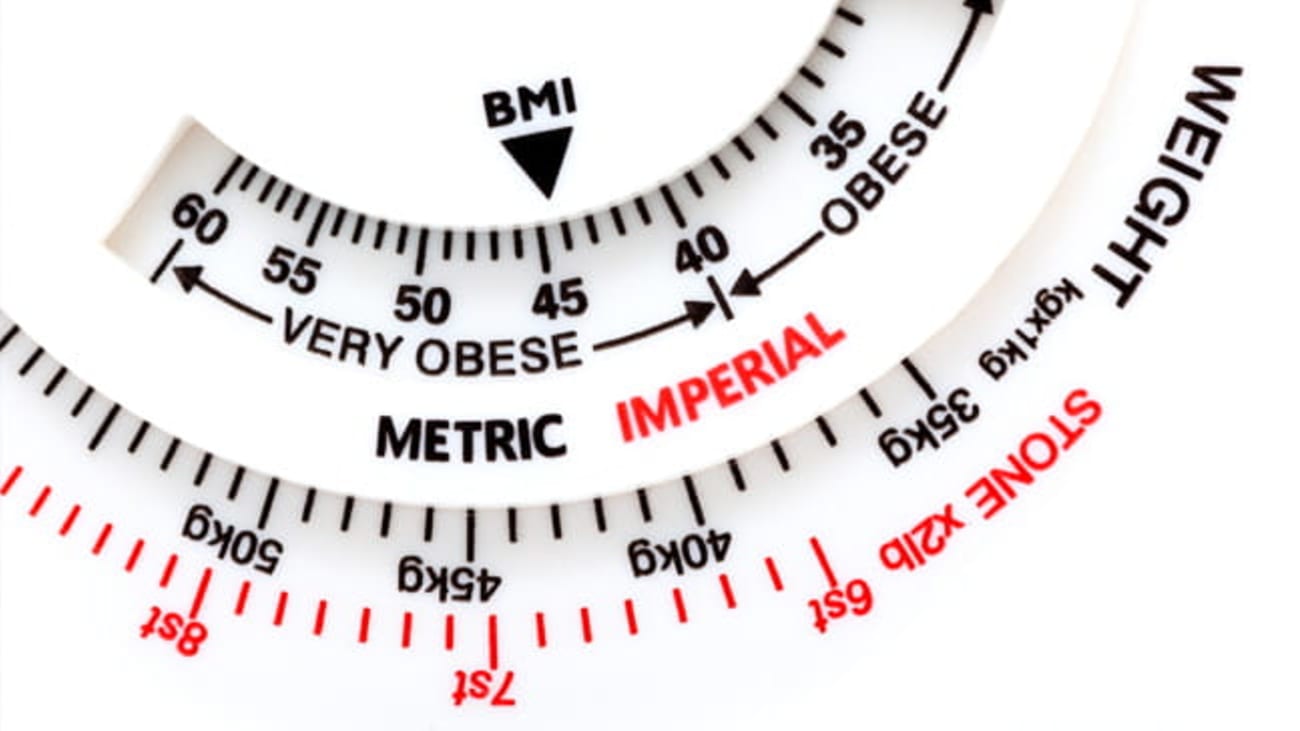
by Celia Spell
In June, the American Medical Association announced a new policy that encourages physicians not to focus solely on body mass index, or BMI, as a determinant of weight and health. As a ratio of an individual’s weight and height, BMI can provide an easy and inexpensive but often misleading measure of someone’s overall health.
While this new policy is not mandatory for physicians, it is part of a growing opinion that BMI is more useful for assessing population health rather than individual health. A new paper from the Medical University of South Carolina looked specifically at using BMI to determine whether a patient qualifies for shoulder replacement surgery, also known as total shoulder arthroplasty.
The current standard is to not recommend the surgery for those with a high BMI due to the corresponding rise in complication rates, but Richard J. Freidman, M.D., FRCSC, an orthopaedic surgeon at MUSC Health, says that correlation hasn’t been properly studied and enforcing a BMI cutoff only increases health disparities.
“It’s a problem in terms of access – who’s eligible and who can get the procedure done,” Friedman said. “Morbid obesity affects certain groups more than others, so enforcing a cutoff is going to have an impact; it’s only going to increase those disparities.”
Research has shown that obesity tends to affect Black and Hispanic adults more than white adults and that it affects women more than men. But differences in income also have an impact. By looking at BMI alone rather than each patient individually, surgeons may be denying some groups more procedures than they are other groups.
Friedman also says that while it is well documented that complication rates increase as BMI increases, no one has looked at where exactly the risks become too dangerous until now. “We need to look at the bigger picture and understand what the implications are,” he said.
He found that while having a BMI cutoff of 40 lowered the procedure’s complication rate by 65%, it also meant that 44% of patients were denied the procedure. He’d like to find the sweet spot between the two.
The prevalence of obesity in the United States has increased over the last 20 years, jumping from 31% to 42% according to the Centers for Disease Control and Prevention. Alongside that rise comes an increased risk of heart disease, stroke and type 2 diabetes. And while using BMI to determine who is more likely to experience surgical complications is designed to protect patients, Friedman worries it stops those from undergoing total shoulder arthroplasty who could greatly benefit from it.
A procedure like total shoulder arthroplasty can provide dramatic relief to patients. Severe shoulder arthritis could mean someone is unable to provide basic care to themselves – unable to button a shirt or shower properly – so determining edibility can be crucial to someone’s independence and quality of life.
BMI is still considered an effective tool for studying population health, but often the utility breaks down when looking at the individual level. And a study in Nature from 2016 found that BMI doesn’t necessarily show if someone is metabolically healthy. Insulin resistance, blood pressure, markers of inflammation as well as cholesterol and glucose levels can also determine metabolic health. As many of half of those classified as obese were metabolically healthy by other standards, and even a third of those considered normal weight under BMI were deemed not metabolically healthy.
“The vast majority of patients will do well with this procedure,” Friedman said. “But when looking at the health care system, surgical complication rates increase as the BMI increases. That’s why we need to look at each patient individually and holistically.”
Patients with the same BMI might have different comorbidities. Friedman points to type 2 diabetes as an example. If one patient has their diabetes under control and the other does not, having the same BMI alone won’t necessarily determine how successful their surgery will be. He a reasonable cutoff might be between 40 and 45 but also to consider the whole patient in addition to BMI alone.
“As doctors we take an oath to ‘first do no harm,’ which is important,” Friedman said. “But we also want to help as many people as we can.”
Next, Friedman would like to look more critically at the implications of having BMI cutoffs for surgery in general. As a trend that has become more common over the last decade, he fears the implications for health disparities could be vast.
Progressnotes Summer 2023
